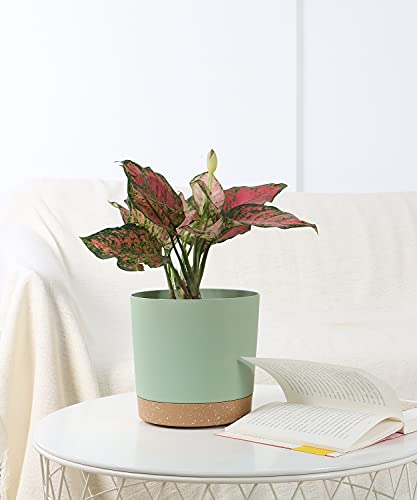Poinsettia mistakes – 5 to avoid this Christmas to keep this holiday houseplant happy
This festive favorite is notorious for wilting quickly when given improper care
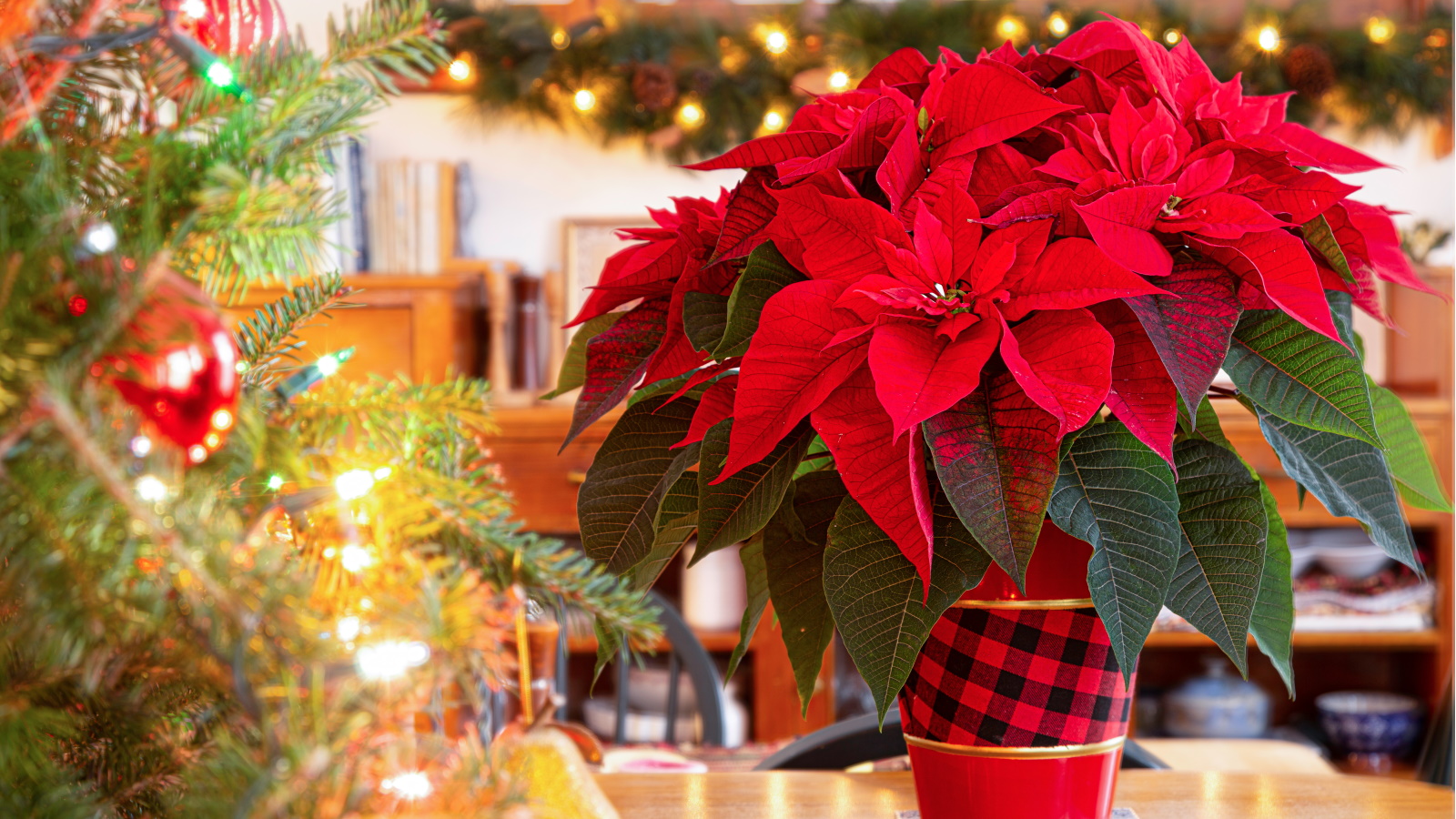

For many, poinsettias are a fundamental part of the festive season. These vibrant red and white plants are popular Christmas gifts and are often found at the center of tablescapes. While there's no denying that they radiate joy, it's also true they can be tricky to keep happy.
Even after attempting to look after a poinsettia properly, the slightest error in growing environment can cause them to wilt. It can be difficult to revive poinsettias once they start to go, which is why so many end up in the bin at the end of the festive season.
Experts say there are a few common poinsettia mistakes that are to blame. The good news is, however, these errors are much easier to avoid than you might expect. Here, we run through some of the most common poinsettia mistakes to be aware of this year so you can watch your Christmas plant thrive.
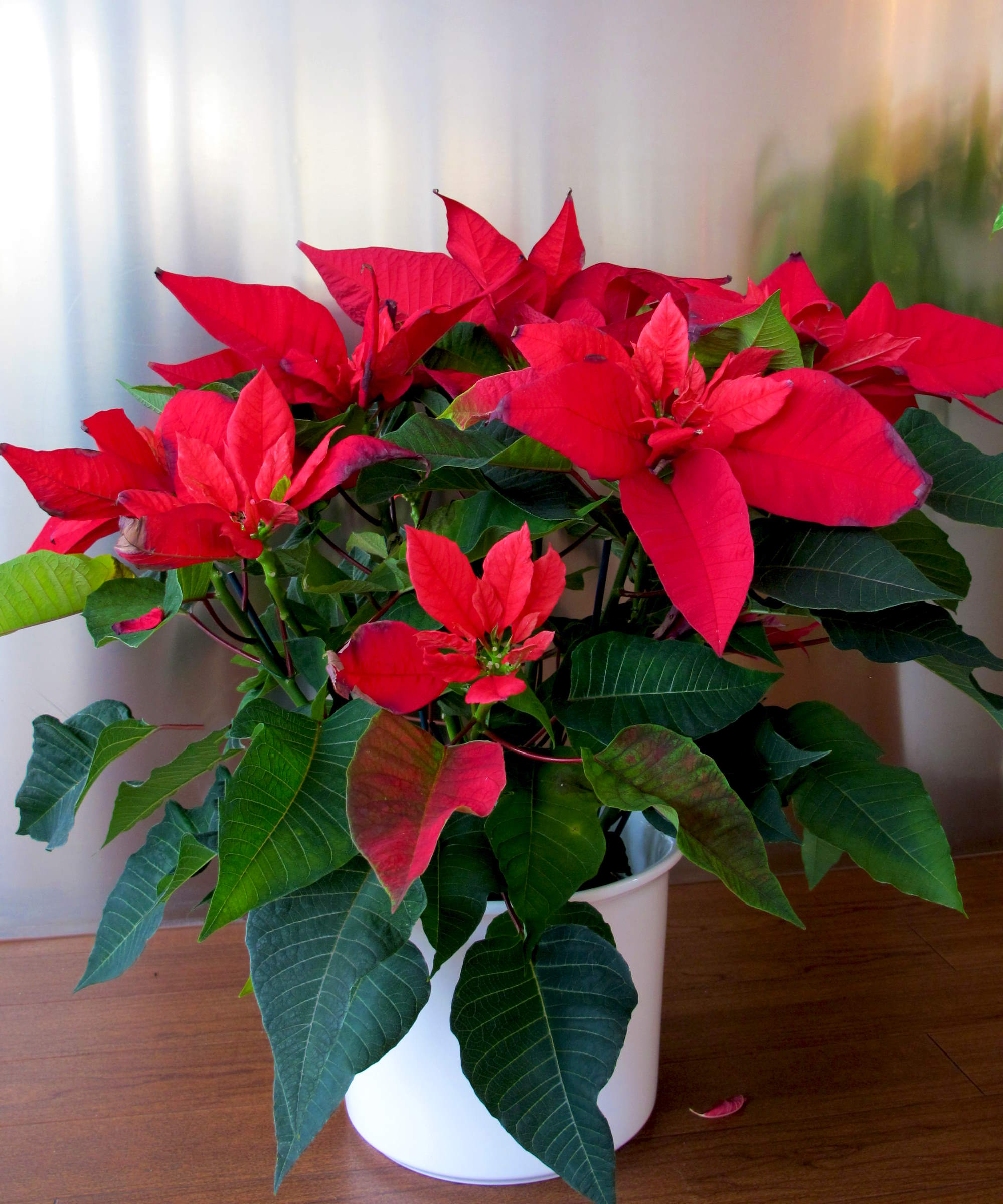
5 poinsettia mistakes
As photoperiodic plants, your poinsettia should be put in the dark to trigger blooming. However, you shouldn't solely rely on giving your poinsettia a period of darkness to watch it thrive through December. Making any one of the below poinsettia mistakes will still cause this red houseplant to fade away.
1. Leaving your poinsettia in its sleeve
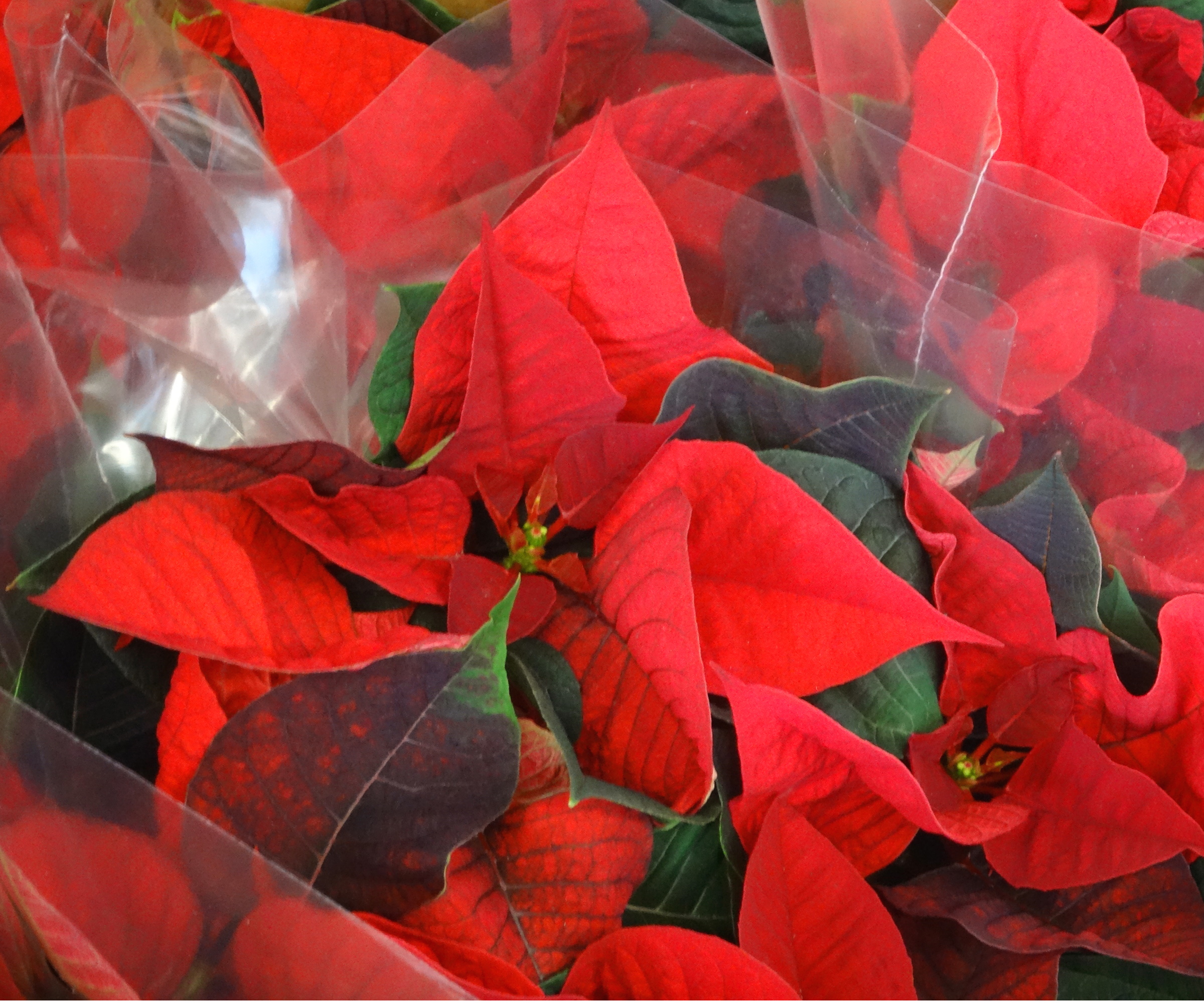
When you purchase a poinsettia from a nursery, supermarket or even if you have been gifted one, it likely comes in a plastic or paper sleeve - like this poinsettia from Walmart. This is to protect them from wind, cold and to keep them safe during transportation.
While this protective sleeve is necessary for when poinsettias are in transit, leaving the sleeve in place when you have brought it home is a common poinsettia mistake that leads to a range of problems.
'It would be best not to leave a poinsettia in a sleeve after you get it home, but it is best to have it in a sleeve for transport home,' says Lisa Eldred Steinkopf from the Houseplant Guru. 'If you leave it in the sleeve for too long, humidity will build up and it may start to grow mold. It also may deform the plant,' she adds.
Design expertise in your inbox – from inspiring decorating ideas and beautiful celebrity homes to practical gardening advice and shopping round-ups.
Although poinsettias benefit from a range of methods to increase humidity for indoor plants, an excess of humidity can cause mold, mildew and attract common houseplant pests.
It's easy to remove the sleeve from your poinsettia. Depending on the material, you may be able to just tear it off. Or, you can use these scissors from Walmart to carefully cut it away.

Lisa is a houseplant expert who runs her blog The Houseplant Guru with over a decade of professional experience at Steinkopf Nursery and Garden Center in Michigan. As a child, Lisa helped her grandma tend to African violets and other houseplants. Since then, Lisa has forged a career providing houseplant advice, holding lectures and writing for publications across the US.
2. Underwatering your poinsettia
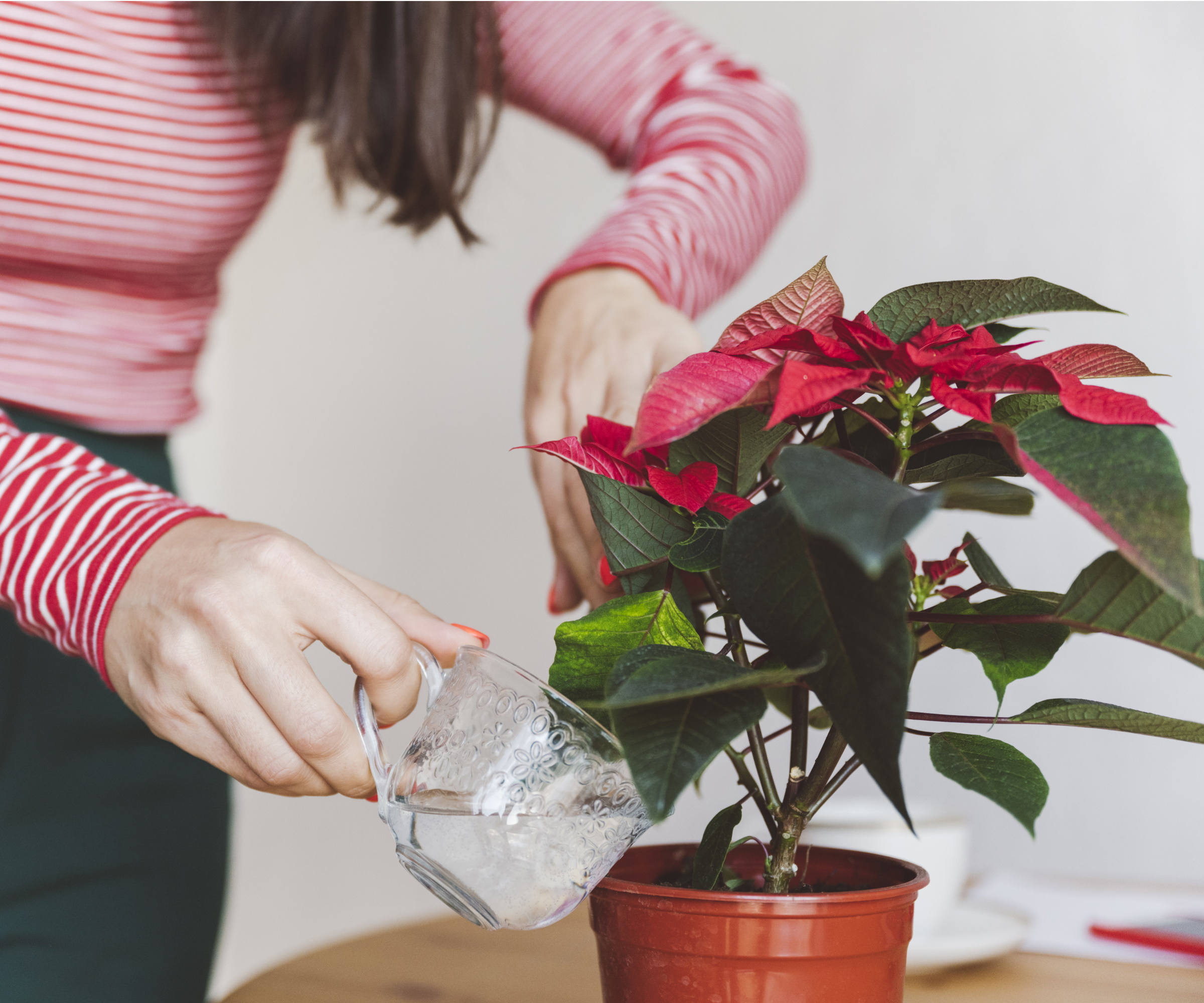
Watering houseplants correctly can take some time to master because each houseplant has different water needs. Poinsettias are among thirsty houseplants that will show sings of struggle when left to dry out.
'Poinsettias are tropical indoor plants that are used to warm moist conditions. They love water, so keep them moderately moist at all time,' advises JP Varvarigos, plant expert from Wellington Florist. 'If they are thirsty, they will let you know by looking sad and wilted. If this happens give them a good soak and they usually will perk back up,' he adds.
You can use this moisture meter from Amazon to identify when your poinsettia is ready to be watered.
'Water your plant until water runs out of the drainage holes,' says Lisa. 'Poinsettias don't want to dry out completely. This will result in your poinsettia dropping leaves. If it is allowed to dry out completely, it may not recover,' she warns.
It likewise isn't ideal for poinsettias to sit in excess water. This may cause issues like houseplant root rot.
Top tip: use a planter with drainage holes and a saucer to catch and remove excess water.

JP is a third generation florist with 22 years experience. He is owner of Wellington Florist and is knowledgable about a range of indoor plants.
3. Leaving your poinsettia somewhere cold
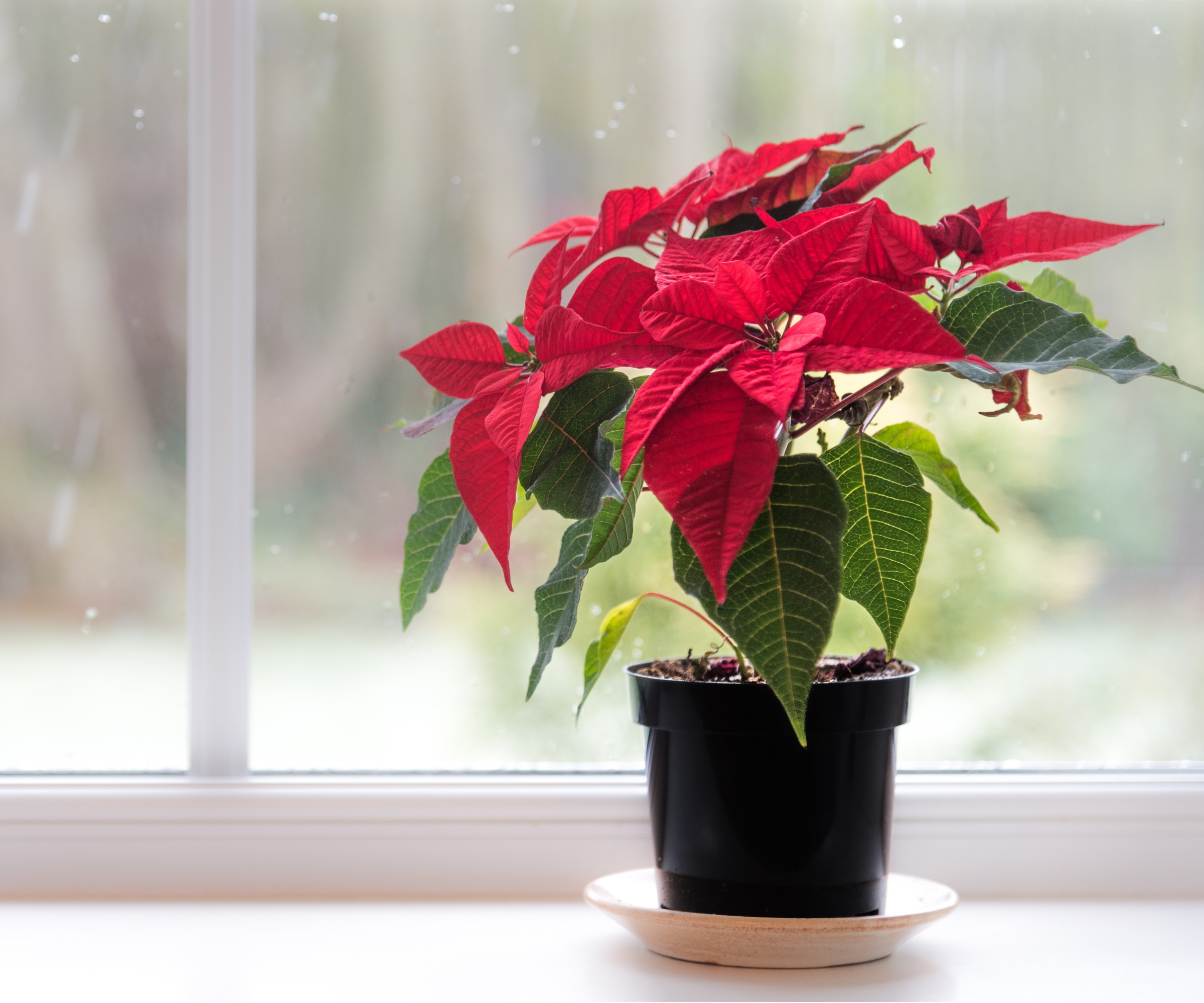
Perhaps one of the biggest things many overlook is how temperature affects plant growth. For poinsettias, not growing in optimal temperatures can result in fast wilting and leaf drop.
'The poinsettia should be kept in a warm, stable environment between 60-70°F and away from any cold drafts or even hot drafts from heating units,' says Paris Lalicata, head of plant education and community at The Sill.
These beautiful, unique plants are native to the warm climates of Mexico. This means they aren't cold-tolerant houseplants and won't do well when exposed to temperatures below 50°F.
It can be hard to revive a houseplant from cold damage, especially tender ones like poinsettias - these plants are likely to lose their leaves when growing in too-cold rooms.
That's why it's wise to use a room thermometer, like this one from Amazon, to keep track of the temperature for your poinsettia and other plants.

Paris has been at The Sill for five years, looking after Plant Education and Community. She is a self-taught plant expert with over ten years of experience growing houseplants and is currently working on becoming a certified sustainable gardener. She maintains an indoor garden of over 200 plants in the north-east of the USA and is passionate about making plant care more digestible for budding plant parents.
4. Not providing sufficient light for your poinsettia
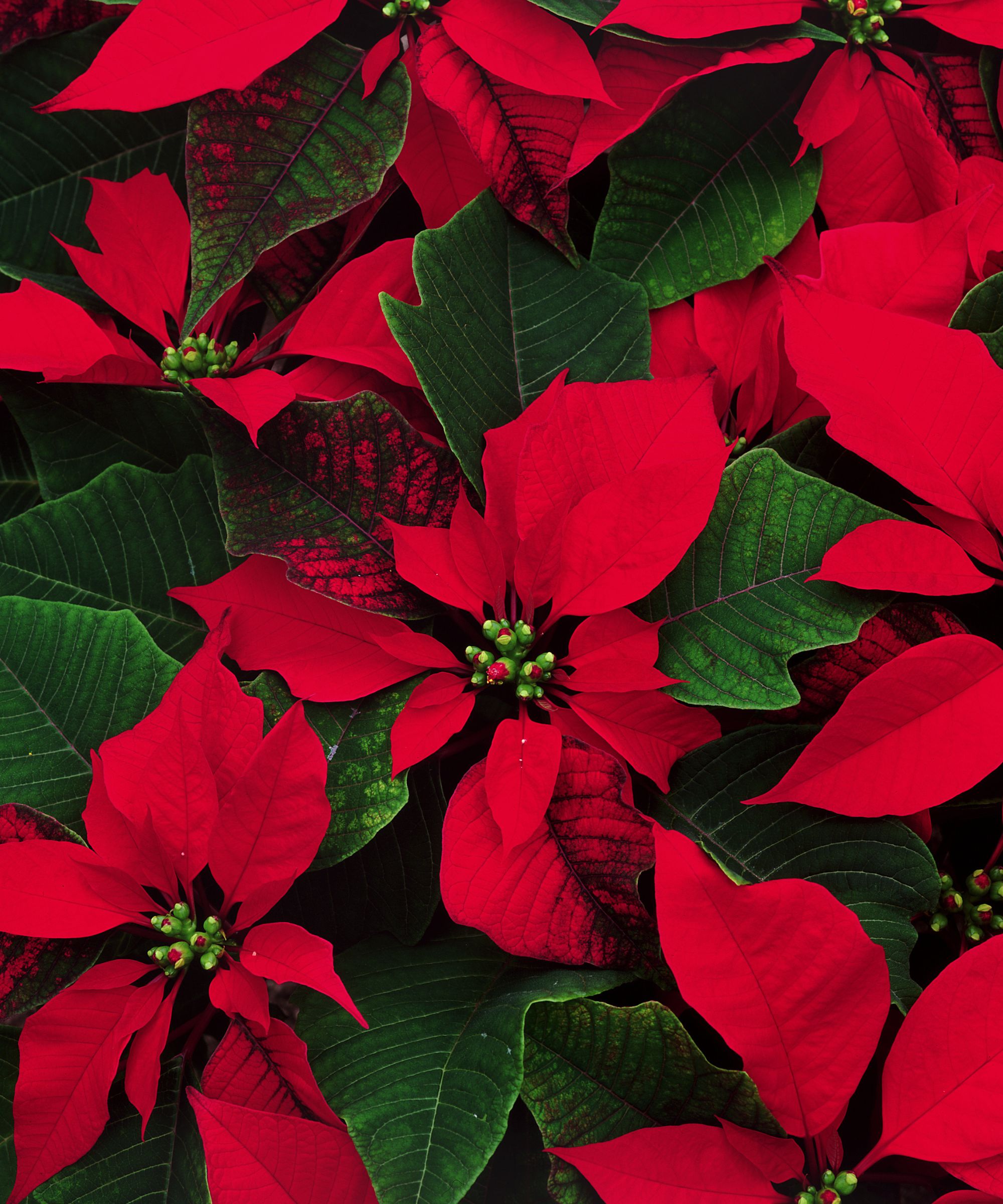
It's no secret that all plants need sufficient light levels to grow well, even indoor low light plants. It's important to understand just how much light your specific plant needs in order to know where to place it in your home.
'Poinsettias like bright light, such as an east or west exposure. I wouldn’t place it in a south exposure, so it doesn’t dry out as much,' explains Lisa.
Bright light out of direct sunlight is optimal for these plants. As Lisa mentions, a sunny south-facing position could cause your poinsettia to dry out more quickly. It also has the potential to cause leaf scorch.
When a poinsettia has too little light, it will start to drop leaves. If you aren't able to provide enough bright light for your poinsettia or have more shaded interiors, grow lights for houseplants can be useful. Try this grow light from Amazon, for example.
5. Not providing high enough humidity levels for your poinsettia
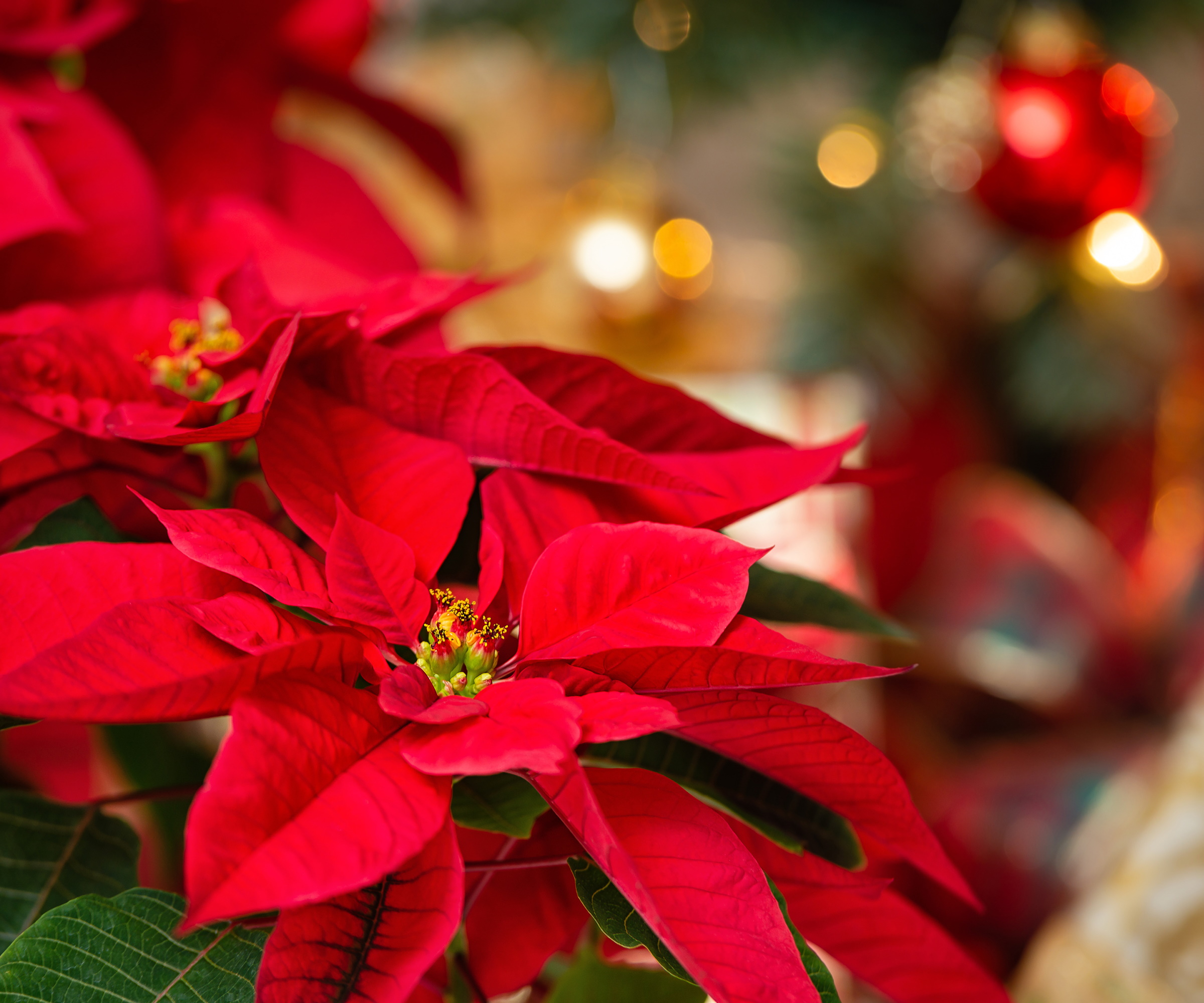
As noted, poinsettias are native to tropical climes and thrive in higher humidity. That's why you may spot your poinsettia struggling if it is growing in a room with dry air.
'Since these plants prefer normal to higher humidity levels it would be ideal to incorporate a humidifer by the plant to keep it happy throughout the holidays,' says Paris. 'Especially during the winter months when heating units start to kick on and dry out the air,' she adds.
Humidifiers are widely available - like this one from Walmart - or you can try other methods. Move some of your other indoor plants closer to your poinsettia to help raise humidity levels, or use a pebble tray (From Amazon).
FAQs
Are poinsettias flowers?
Although their bright red and white hue is reminiscent of flowers, the colorful parts of these plants are actually modified leaves. However, it is still an indoor flowering plant that produces small yellow blooms in the center of the leaves. 'When purchasing a poinsettia, check the true flowers,' advises Lisa Eldred Steinkopf from the Houseplant Guru. 'If they are bright yellow or you can see the pollen, the plant won’t last as long as if the flowers are still tight and green,' she explains.
Avoiding these poinsettia mistakes will keep this plant happy through the festive season and beyond, but you also need to choose carefully when selecting your poinsettia from the shop:
'When you buy a poinsettia, make sure you check the plant, especially the pot cover,' Lisa advises. 'If it is full of water, don’t buy the plant. You have no idea how long it has been standing in water and the roots may be compromised,' she adds.
If you're still a little nervous about caring for a poinsettia this year and want something easier but just as festive, there are plenty of poinsettia alternatives to choose from. Our expert list of the best indoor bulbs to force for Christmas is a good place to start.

Tenielle is a Gardens Content Editor at Homes & Gardens. She holds a qualification in MA Magazine Journalism and has over six years of journalistic experience. Before coming to Homes & Gardens, Tenielle was in the editorial department at the Royal Horticultural Society and worked on The Garden magazine. As our in-house houseplant expert, Tenielle writes on a range of solutions to houseplant problems, as well as other 'how to' guides, inspiring garden projects, and the latest gardening news. When she isn't writing, Tenielle can be found propagating her ever-growing collection of indoor plants, helping others overcome common houseplant pests and diseases, volunteering at a local gardening club, and attending gardening workshops, like a composting masterclass.
